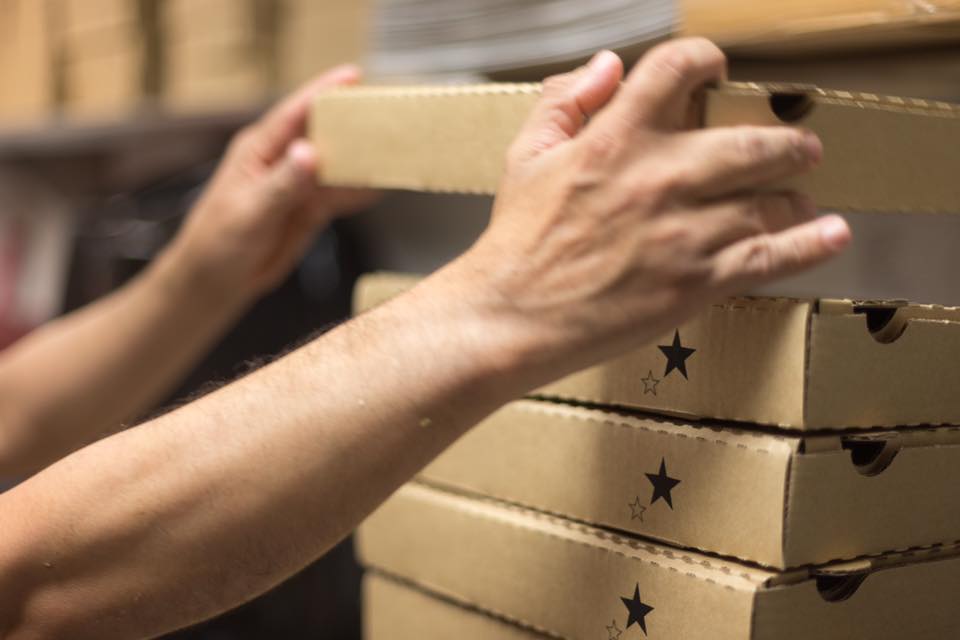Delivery Services Work to Help Virtual Restaurants

Photo Caption: The Star in San Jose works out of a commissary kitchen, created by DoorDash.
Skift Take
Virtual restaurants will take off thanks to data and logistics help from delivery services. But this popularity will usher in a new battleground: exclusivity on any given channel in exchange for help.


